DD File Forensics: Fetch the Evidence From Image File
DD file is the image file created out of dd commands. It is a powerful and simple command-line that is used to create disk images, copy files, etc. of hard drives on Unix or Linux Operating System.
The syntax for creating DD file with the command is:
dd if=”source” of=”destination”
The utility is inbuilt and installed in Linux or Unix OS to create raw images of drives, folders, files, etc. for forensic purposes. Users can create the output file either in .img or .dd file or other file formats by specifying the file type at the “of” part.
Windows users can also run the command using the “Cygwin” framework or MKS Toolkit to create the disk image. Cygwin gives the same interface as that of the command-line in Linux or Unix, which enables the Windows users to work on it. When the destination is made as .dd then you will get .dd image file as the Output. One thing to be noted here is, if the source and the destination are interchanged then, overwriting of source with the destination will take place.
Need and Use of .dd Extension Files
People generally keep disk image files to verify the data in the future to check for any manipulations and alterations in the data. In digital forensics, many of the forensic examiners depend on .dd file forensics, since it sometimes reveals the roots for their investigation.
However, when it comes to the opening of the file to view the structure, things get complicated. The need for a perfect platform to view and analyze .dd image file forensic is always challenging. Without a proper platform, working on these files is a threat. But this challenge has been resolved now with a tool that is discussed in the article, the third-party software. This advanced forensic application is an appropriate and simple solution to view and examine .dd file content.
Efficient Platform to Investigate DD Files
Beyond the software there are many methods to view the content of the file but, they are complicated and require a lot of time. Forensics software always helps to proceed investigation fast and efficiently.
With the MailXaminer, forensics examiners can analyze and investigate files with advanced functionalities of the tool to fetch out the unbeatable evidence. Further, we will discuss some major features of the software that can help to examine DD file format data.
Analyzing .dd File Artifacts Using This Tool
The application renders the users to analyze and collect the evidence without tampering the data content. You can view the file content, search for the data, and do more, all within a few minutes. To examine the file, all you need to do is, just add the file into the software for scanning.
- In the “Add File” window, select the “Image” tab and choose the DD file format. Later, browse the location of the file from the system to view and examine
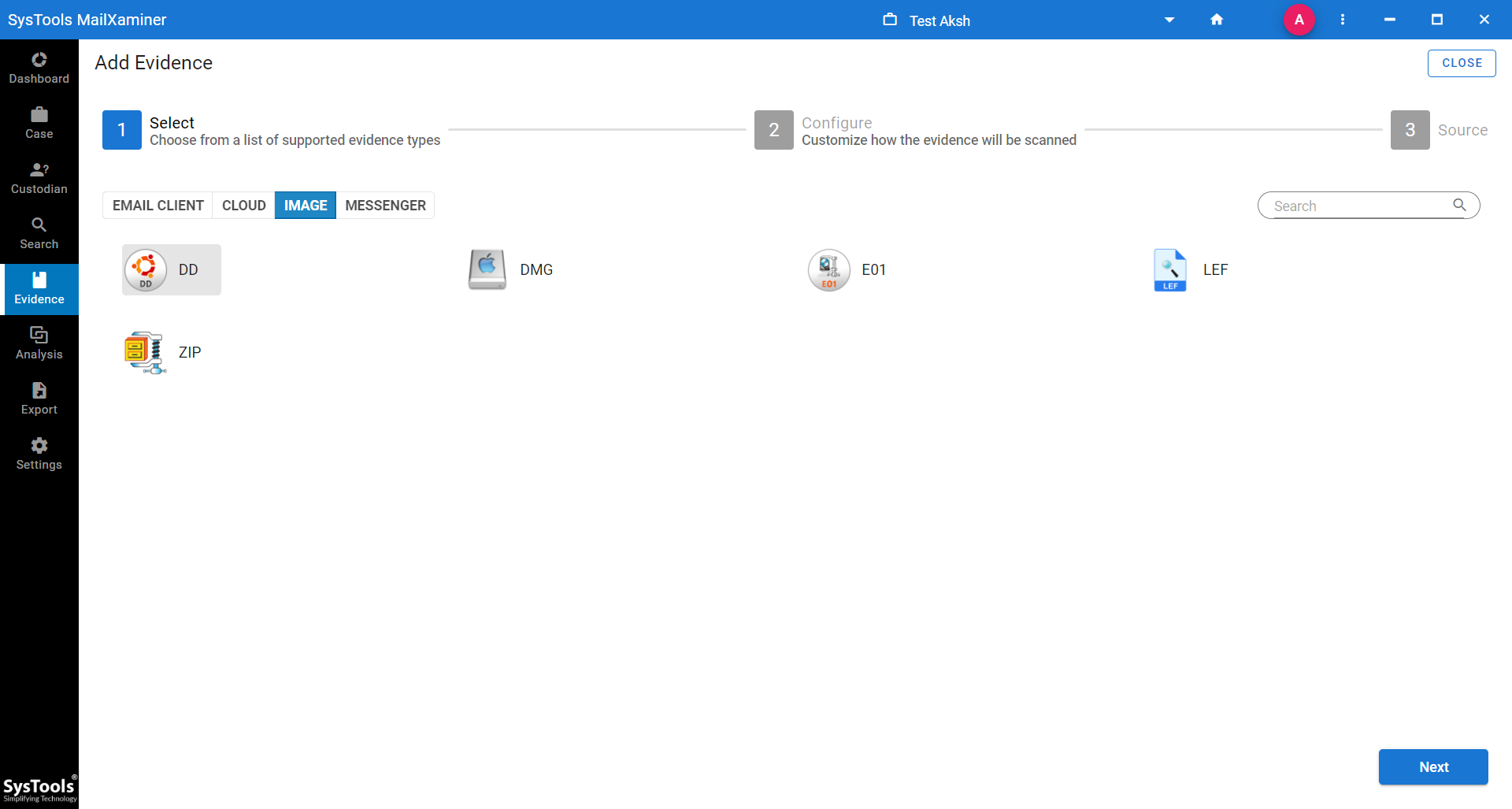
- Before clicking on the “Add” button, just set the “Scan Settings”, Then, save the setting by clicking on “NEXT” button
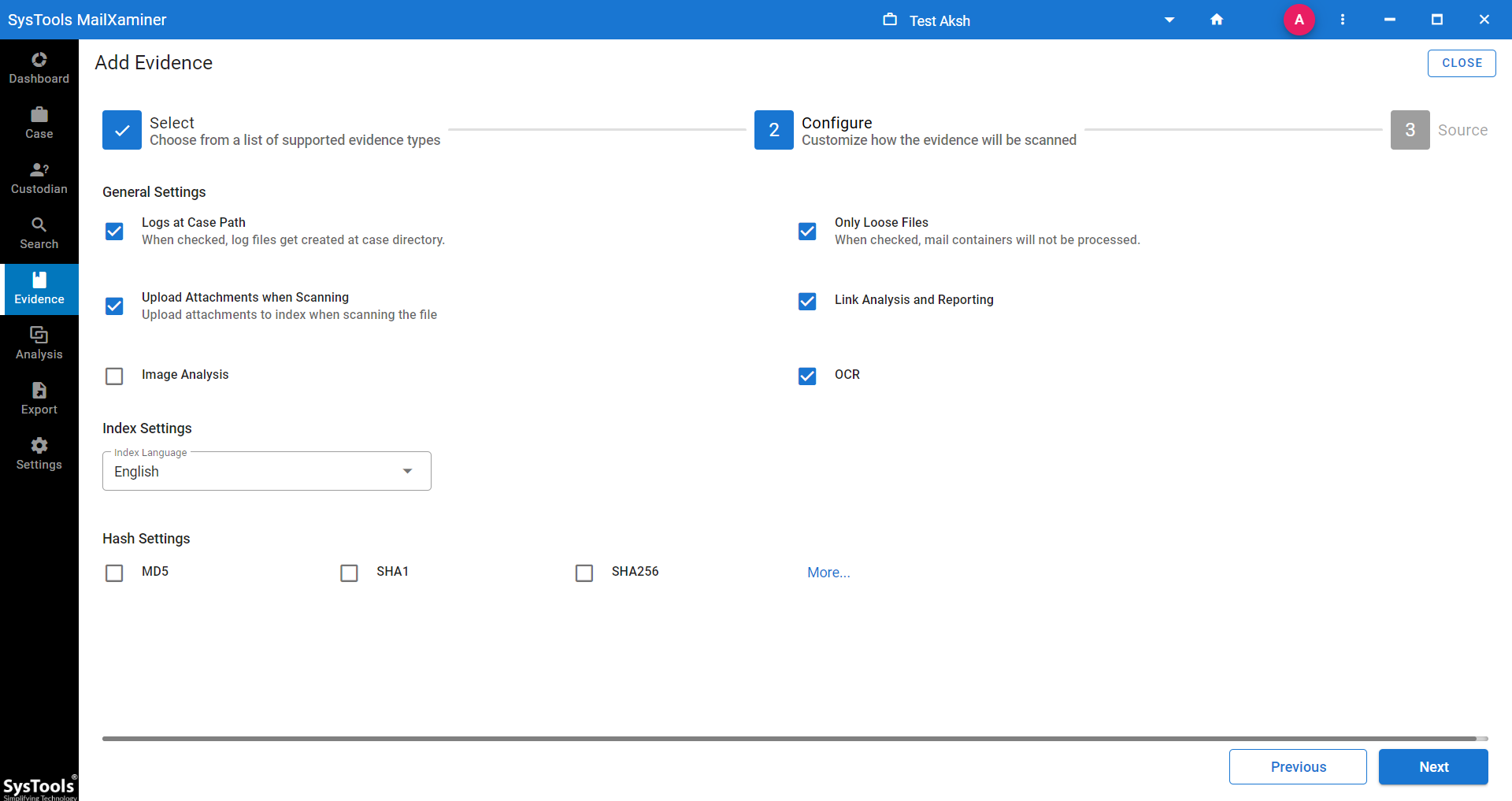
- Once the Scanning Process is Completed, the user will get the preview of all the files on the screen in hierarchical order.
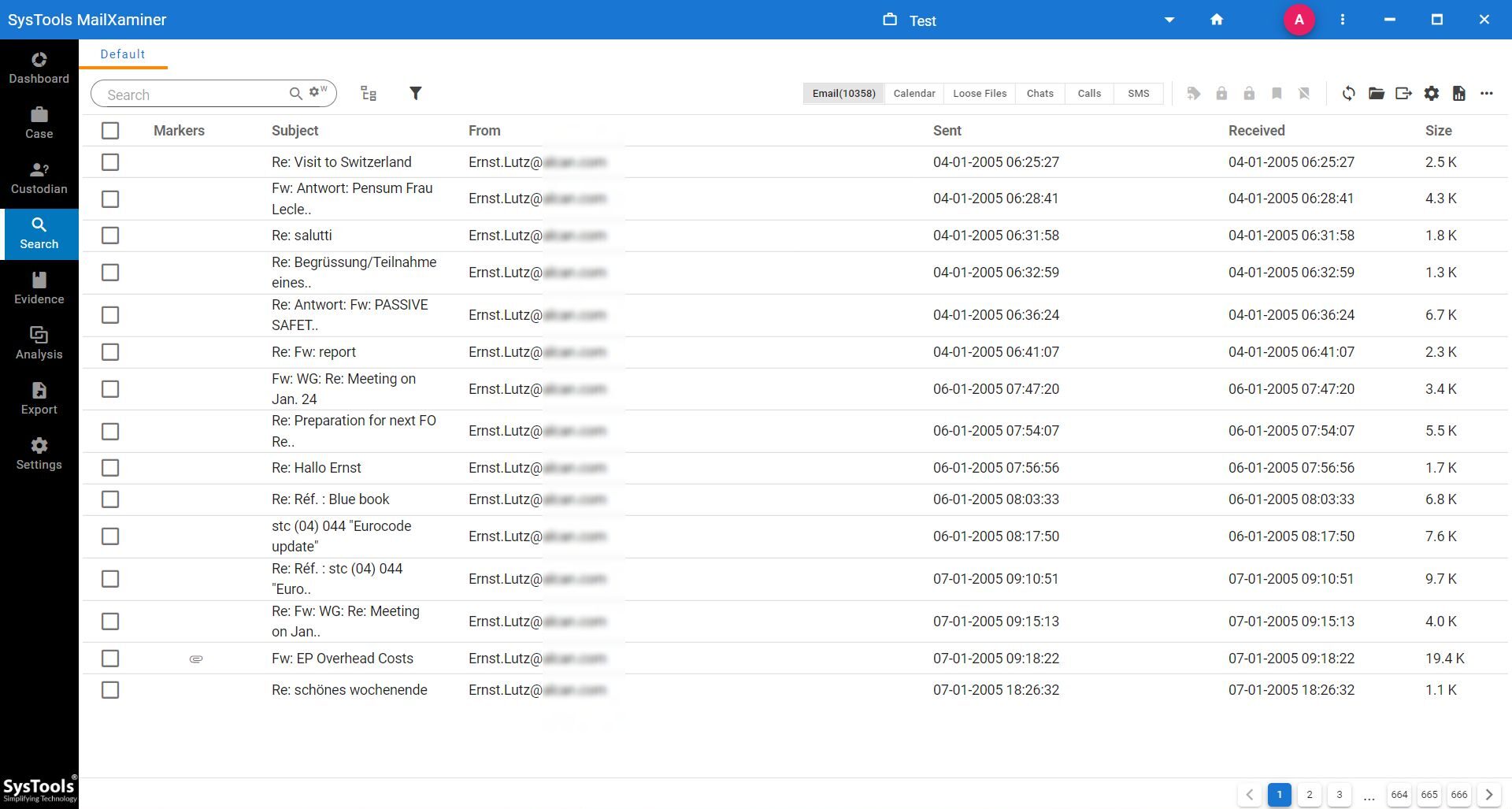
Previews Email Files and Attachments Present in the DD File
- To investigate email data contained in PST, user can choose the corresponding PST file from the list . The “Email” tab will show all the emails listed in the selected folder
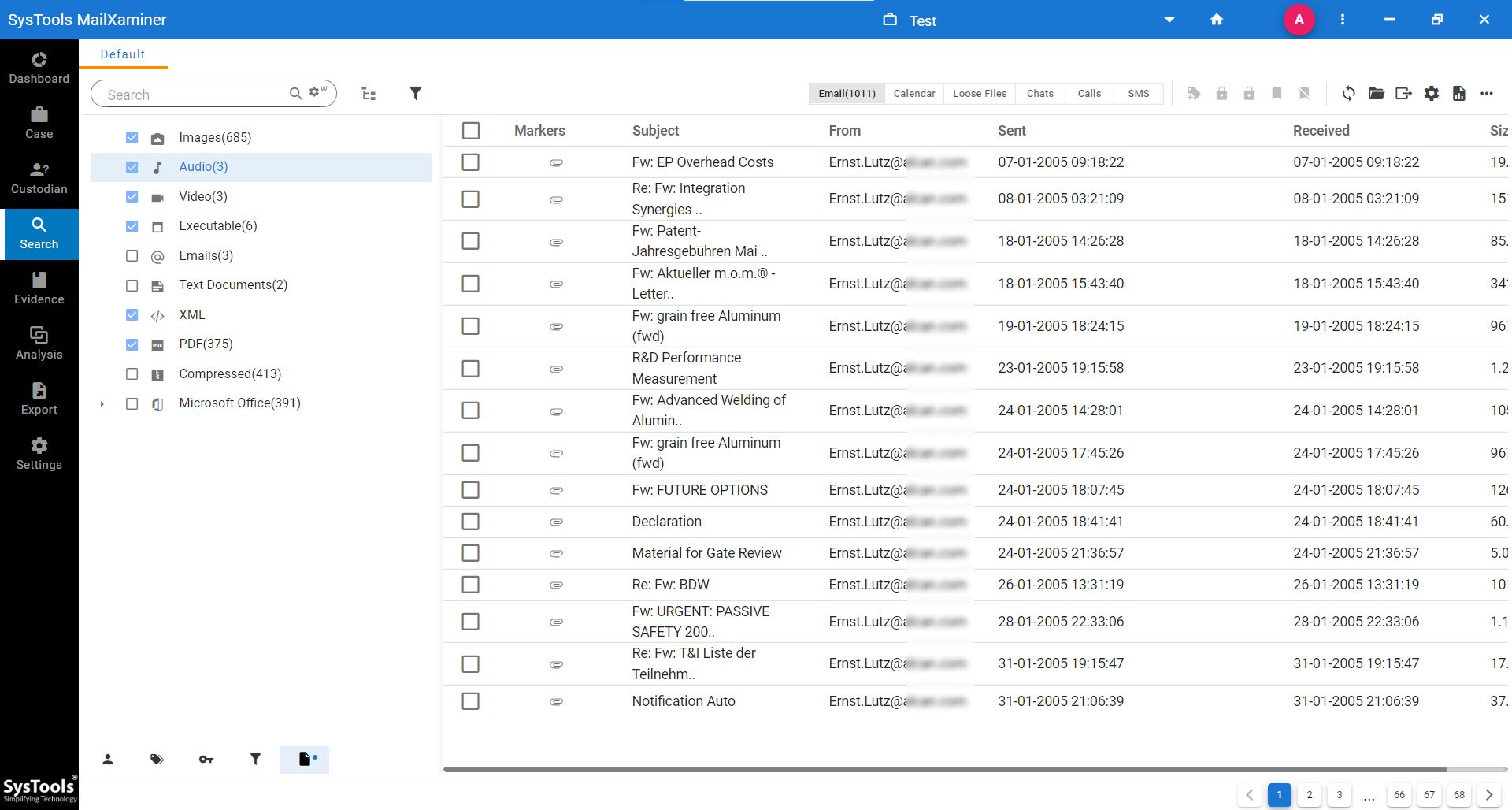
DD Image File Forensic – Shows All Files Present
Apart from previewing the email contents, users can get an overall document list contained in the file.
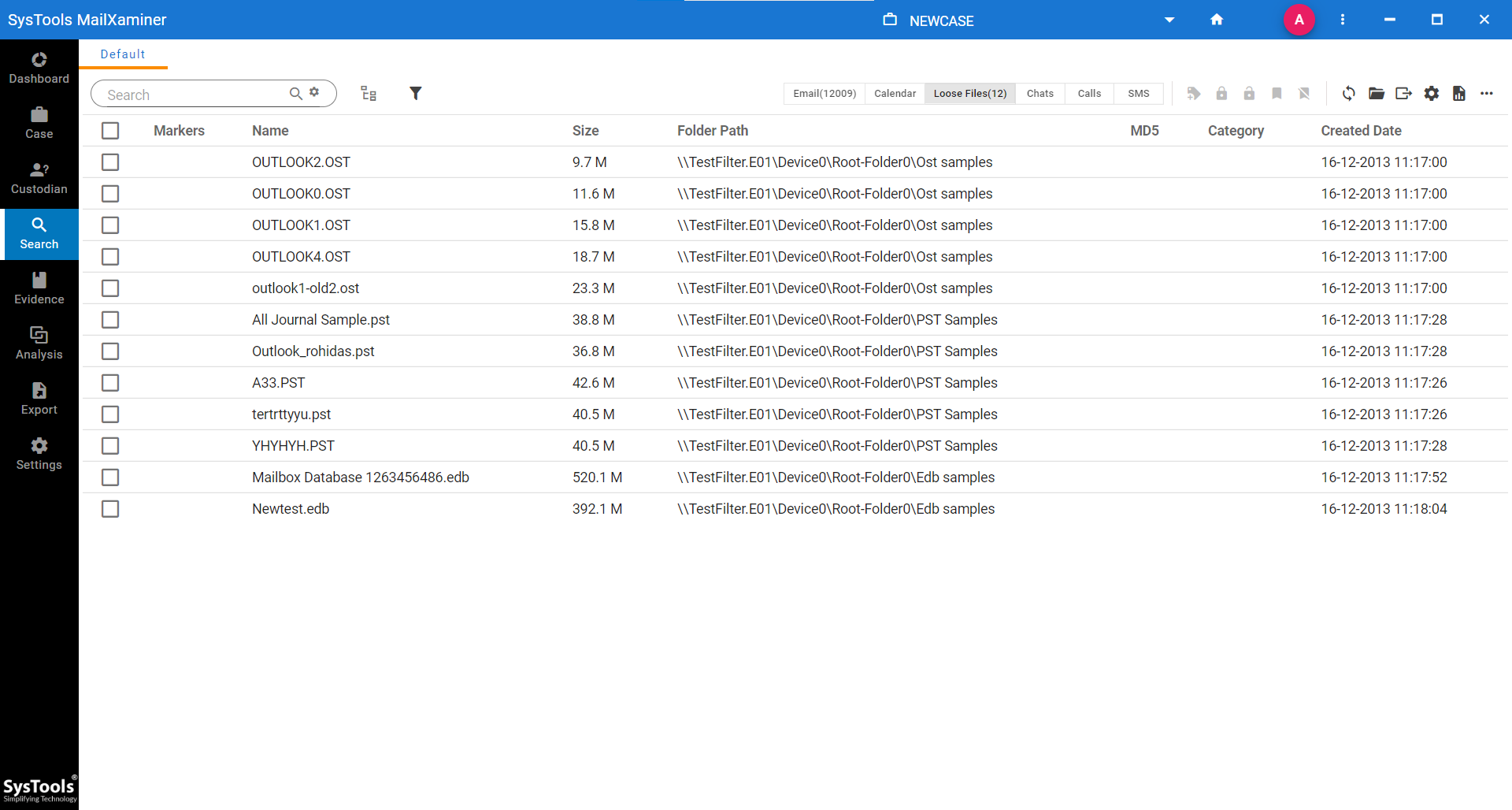
DD File Forensics – Export Options
Evidence is the important loophole to win the case so, securing them is very important. The application enables users to export identified artifacts in multiple file formats. Users can save the data in any of the various file formats such as, EML / MSG / PDF / PST / HTML / CSV / HTML Reporter at desired location.

NOTE: PDF file format has recognized the efficient format since it is non-editable. Hence, the court of law prefers to accept the evidentiary documents in PDF file format. To submit the evidence in the court in PDF file, the user can export the evidence report file to PDF.
Conclusion
The tool discussed in the article is an efficient and effective software for examining .dd files. While carrying out .dd file forensics, users can collect all the data from the file without any loss of information. This email forensics software will help to view all the data files and documents within the DD file.

